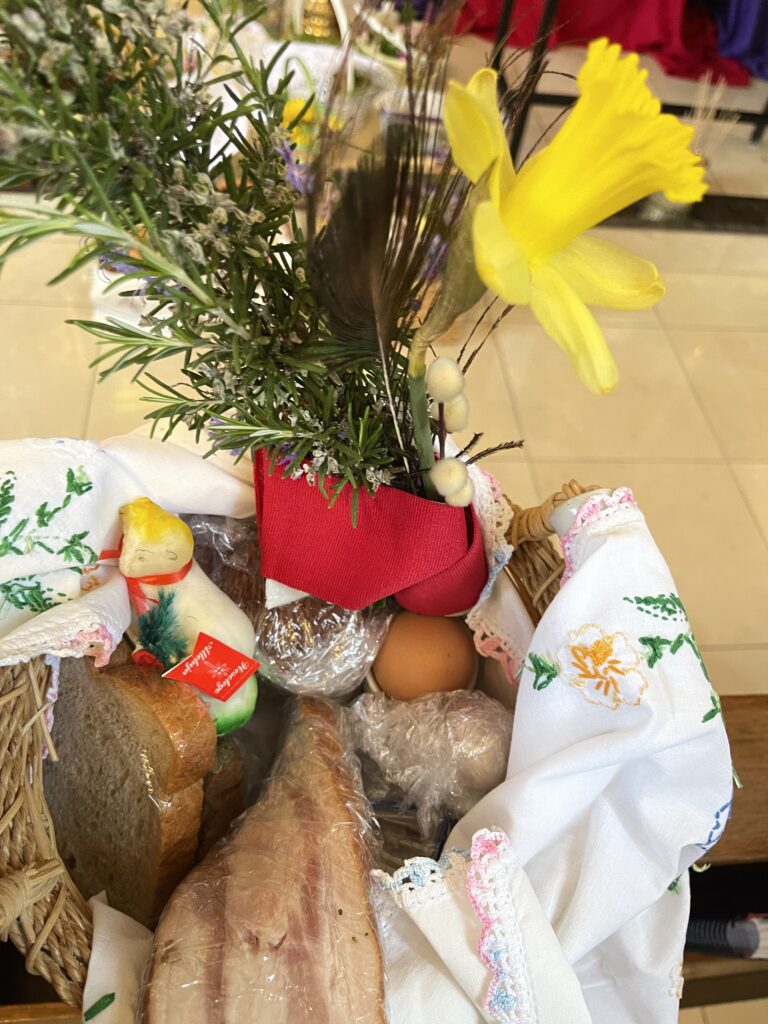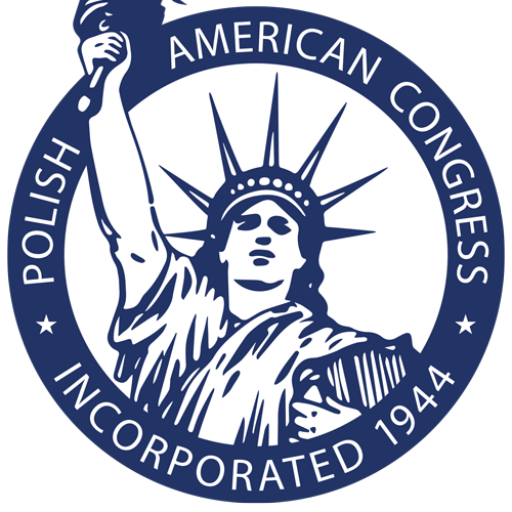Food Blessing, “Święconka” is a Polish tradition of “the blessing of the Easter baskets.” On Holy Saturday Poles bring to church baskets, filled with Easter foods.
The basket is traditionally lined with a white linem or łące napkin and decorated with sprigs of boxwood (bukszpan), the typical Easter evergreen. Poles take special pride in preparing a decorative and tasteful basket with crisp linens, occasionally embroidered for the occasion, and boxwood and ribbon woven through the handle.
While in some older or rural communities, the priest visits the home to bless the foods, the vast majority of Poles and Polish Americans visit the church on Holy Saturday, praying at the Tomb of the Lord; the fourteenth and final Station of the Cross.
The tradition of food blessing at Easter, which has early-medieval roots in Christian society, possibly originated from a pagan ritual. The tradition is said to date from the 7th century in its basic form, the more modern form containing bread and eggs (symbols of resurrection and Christ) are said to date from the 12th century.
Older generations of Polish Americans, descended from early 19th-century immigrants, tend to bless whole meal quantities, often brought to church halls or cafeterias in large hampers and picnic baskets.
The foods in the baskets have a symbolic meaning: eggs; symbolize life and Christ’s ressurection, bread is a symbol of Jesus, lamb, represents Christ, salt represents purification, horseradish is a symbol of the bitter sacrifice of Christ and ham symbolizes joy and abundance.
Older generations of Polish Americans, descended from early 19th-century immigrants, tend to bless whole meal quantities, often brought to church halls or cafeterias in large hampers and picnic baskets.
Photos:(Today’s ceremony at the Los Angeles the Our Lady of the Bright Mount, The Shrine of St. John Paul II.
by Małgorzata Margo Schulz
The Polish American Congress
National Vice President for Public Relations

